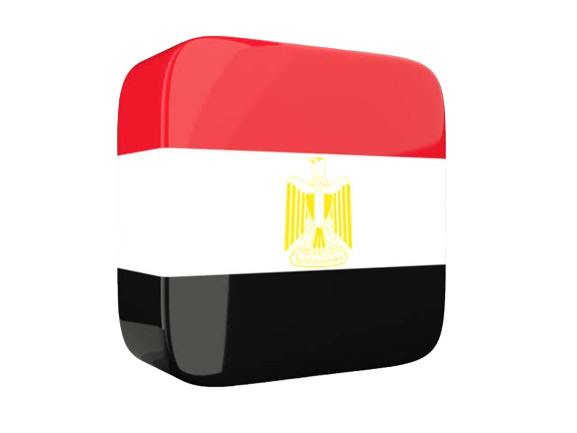
EGYPT
Egyptian Wonders: Ancient Pyramids, Nile River & Historical Treasures
Discover Egypt's Timeless Wonders
Step into a realm where ancient marvels and living traditions converge. Here, you'll encounter Egypt's most captivating destinations—each with its own distinctive narrative woven into the fabric of human history.
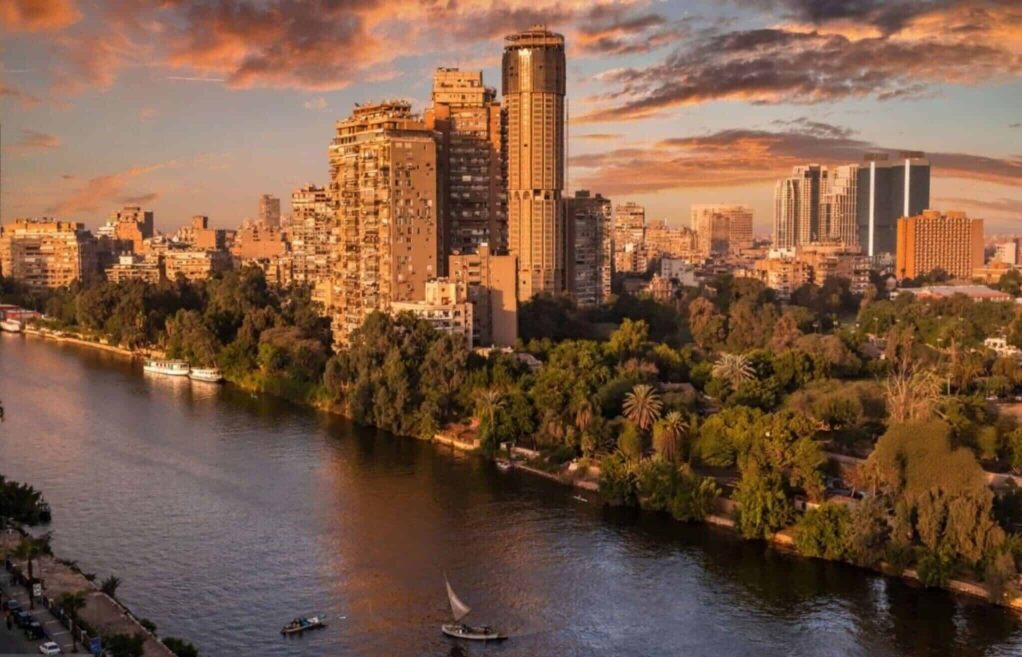
We invite you to share which aspects of Egypt speak to your imagination. Whether you prefer a thoughtfully curated itinerary or wish to design your own journey, we specialize in creating meaningful experiences that offer exceptional value and authentic connections.
Welcome to Egypt—where every moment offers discovery and every journey leaves a lasting impression.
Egypt's Cultural Tapestry and Living Heritage
Cairo serves as Egypt's vibrant capital and the largest metropolitan center in both the Arab world and Middle East—a bustling crossroads of cultures where ancient history meets contemporary life.
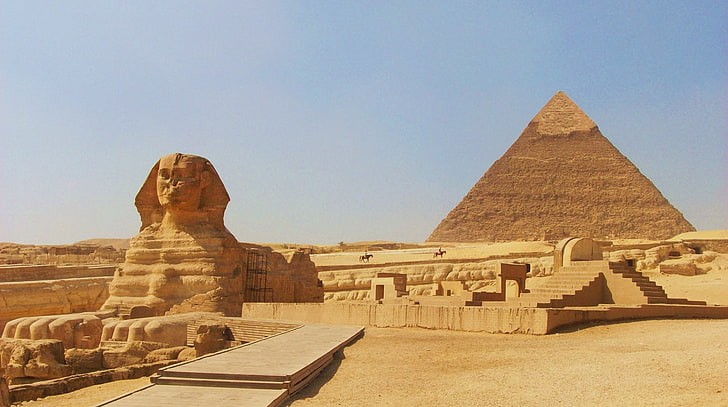
While Arabic is Egypt's official language, English is widely understood in tourist areas and business contexts. Knowledge of French can also prove valuable, reflecting Egypt's diverse international connections throughout history.
Officially known as The Arab Republic of Egypt, the country is home to approximately 104 million people as of 2023. Human settlement here dates back over 8,000 years, with the renowned ancient civilization emerging around 3000 BCE along the fertile Nile banks.
Pioneering Spirit of Ancient Egypt
Throughout its long history, Egypt has witnessed the influence of various powers—from the Greek Ptolemaic Kingdom and Roman Empire to Muslim caliphates and British administration—each leaving distinctive marks on its cultural development.
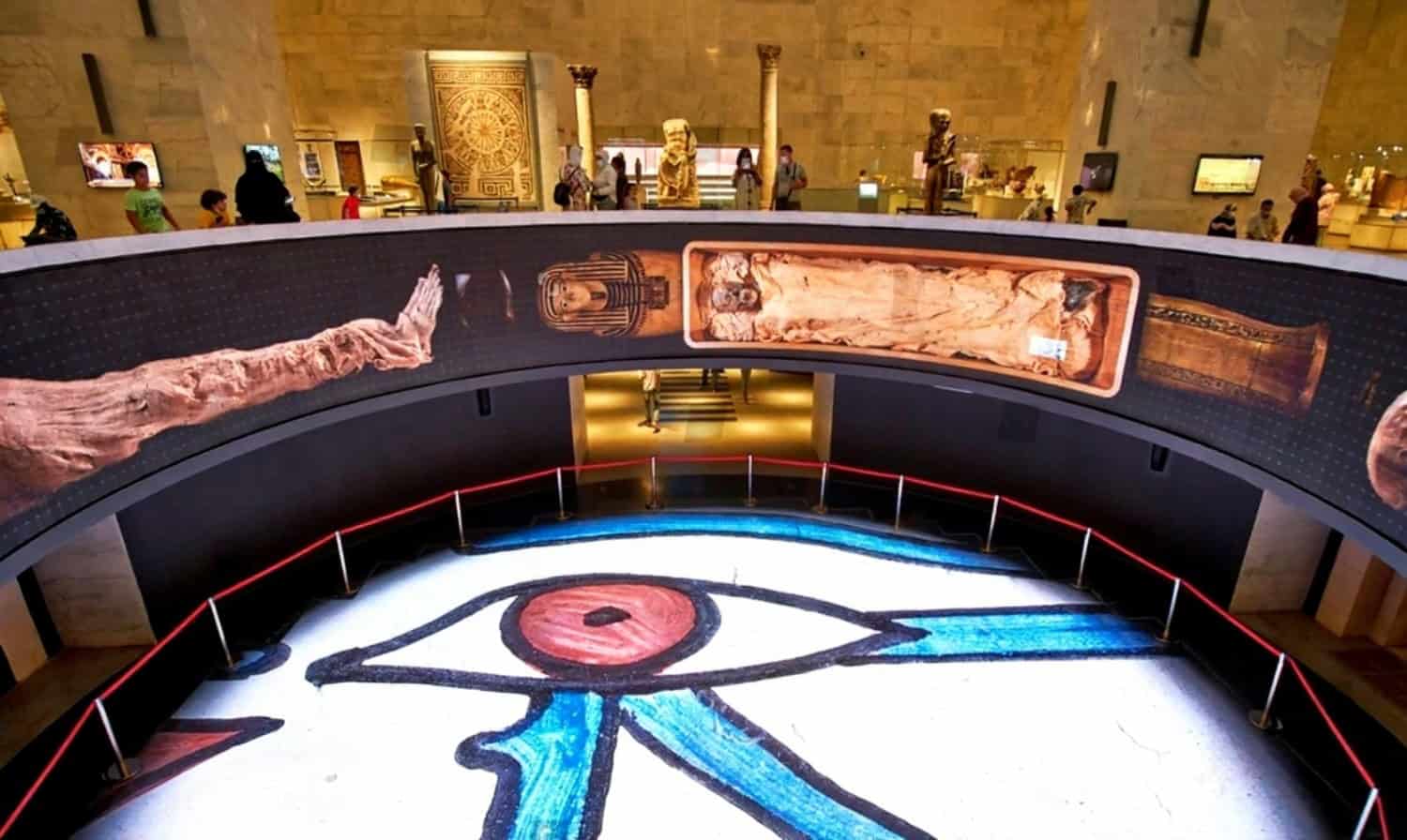
Ancient Egyptians demonstrated remarkable ingenuity in mathematics, architecture, and medicine, establishing foundational knowledge that would influence subsequent civilizations across the Mediterranean world and beyond.
The hieroglyphic writing system comprised approximately 700 distinct symbols representing both sounds and concepts. While mastering this ancient language requires dedication, visitors can appreciate its beauty and complexity through temple inscriptions and tomb artwork—perhaps even recognizing recurring symbols during their explorations.
Egypt's UNESCO World Heritage Sites
Egypt takes pride in hosting seven UNESCO World Heritage sites that testify to its extraordinary cultural and natural significance. These include Abu Mena, Historic Cairo, Abu Simbel, Saint Catherine Monastery, Wadi Al-Hitan (Whale Valley), Memphis and its Necropolis, and Ancient Thebes with its Necropolis.
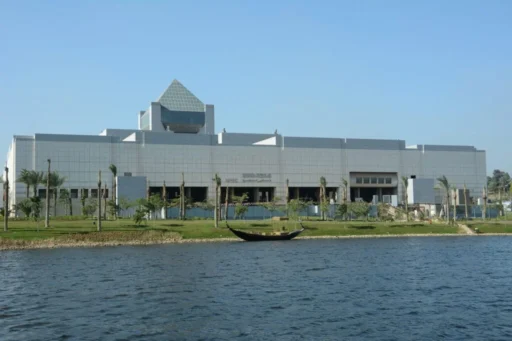
The Great Pyramid of Giza stands as the sole surviving monument of the original Seven Wonders of the Ancient World. Located just outside Cairo, these pyramids continue to inspire awe with their precise engineering and monumental presence. The Pyramid of Khufu (also known as Cheops), constructed in the 26th century BCE, represents the culmination of ancient Egyptian architectural achievement and remains the largest pyramid ever built.
Egypt's Diverse Geography
Ancient Egyptians conceptualized their land as two distinct regions: the Black Land (Kemet) of the fertile Nile Valley and the Red Land (Deshret) of the surrounding desert. Interestingly, Upper Egypt refers to the southern Nile Valley, while Lower Egypt designates the northern delta region—a terminology based on the Nile's flow from south to north toward the Mediterranean Sea.
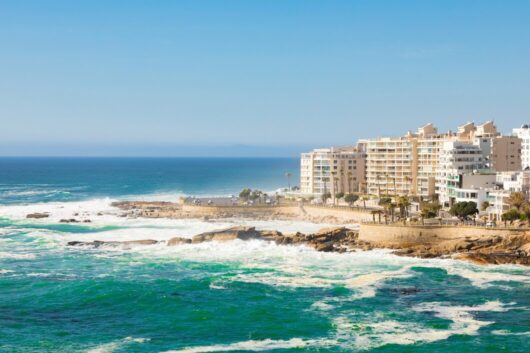
Egypt's desert regions encompass three significant areas: the Western Desert (part of the Libyan Desert), the Eastern Desert (extending into the Arabian Desert), and the Great Sand Sea forming a substantial portion of the Sahara Desert. These arid landscapes contrast dramatically with the lush greenery of the Nile Valley and Delta.
The Sacred Necropolis: Valley of the Kings
Between approximately 1539 and 1075 BCE, the Valley of the Kings served as the primary burial ground for pharaohs and powerful nobles of the New Kingdom. This secluded desert valley on the Nile's west bank near Thebes (modern Luxor) was selected for its natural pyramid-shaped peak and relative isolation.

Archaeologists have documented 63 tombs to date, with potential for additional discoveries. Thutmose I established the valley as a royal necropolis, while Rameses XI appears to have been the last pharaoh buried here. The tombs feature elaborate decorations depicting religious texts and scenes intended to guide and protect rulers in the afterlife.
Engineers designed these subterranean complexes with hidden entrances, false corridors, and deep shafts to deter tomb robbers—though most were ultimately plundered despite these precautions. Nearby valleys accommodated the tombs of queens, princes, and high officials.
Luxor and Karnak: Temple Complexes of Ancient Thebes
The Karnak Temple Complex represents one of humanity's most ambitious religious building projects, developed over more than a millennium during the Middle and New Kingdoms. At its peak, it served as the most significant religious center in ancient Egypt, dedicated primarily to the Theban triad of gods: Amun-Ra, his consort Mut, and their son Khonsu.


The Precinct of Amun-Ra alone contains the largest religious structure ever built—a stunning accumulation of temples, pylons, chapels, and obelisks constructed by successive pharaohs seeking to demonstrate their devotion. While many visitors spend a few hours exploring the complex, truly appreciating its scale and significance requires more extensive engagement with its layered history and architecture.
Egypt's Culinary Heritage
Egyptian cuisine reflects the country's agricultural abundance and historical connections, emphasizing legumes, vegetables, and grains from the Nile Valley complemented by poultry and lamb. Staple dishes include ful medames (slow-cooked fava beans), koshari (a comforting mix of lentils, rice, pasta, and chickpeas), and molokhia (a nutritious green soup).

Street food culture offers delicious options like taameya (Egyptian falafel made with fava beans), shawarma, and kebab. Historical recipes trace back thousands of years, with evidence that ancient Egyptians enjoyed foods similar to modern pita bread and even produced foie gras as early as 2500 BCE.
Luxor: The World's Greatest Open-Air Museum
Luxor, known in ancient times as Thebes, offers an unparalleled concentration of archaeological treasures. The city is often described as the world's greatest open-air museum, with its east and west banks of the Nile containing some of Egypt's most spectacular monuments.

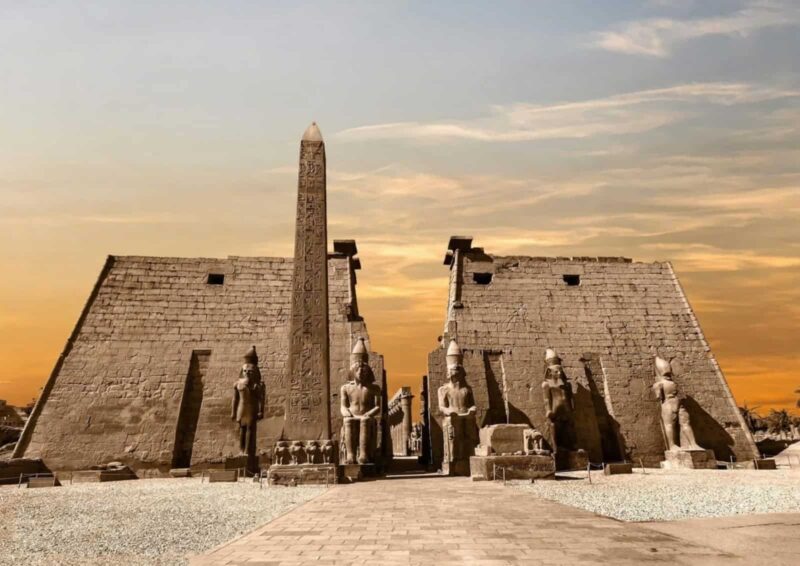
The Luxor Temple, connected to Karnak by an avenue of sphinxes, was primarily dedicated to the rejuvenation of kingship. Many pharaohs celebrated their coronations here, and the temple remains remarkably well-preserved with its massive statues and towering obelisks.
Unique Temples of Upper Egypt
Egypt's temple architecture showcases remarkable diversity and innovation. The Kom Ombo Temple is uniquely dedicated to two gods: Sobek, the crocodile god, and Horus, the falcon-headed god. This double temple features symmetrical design with duplicate halls, sanctuaries, and rooms.
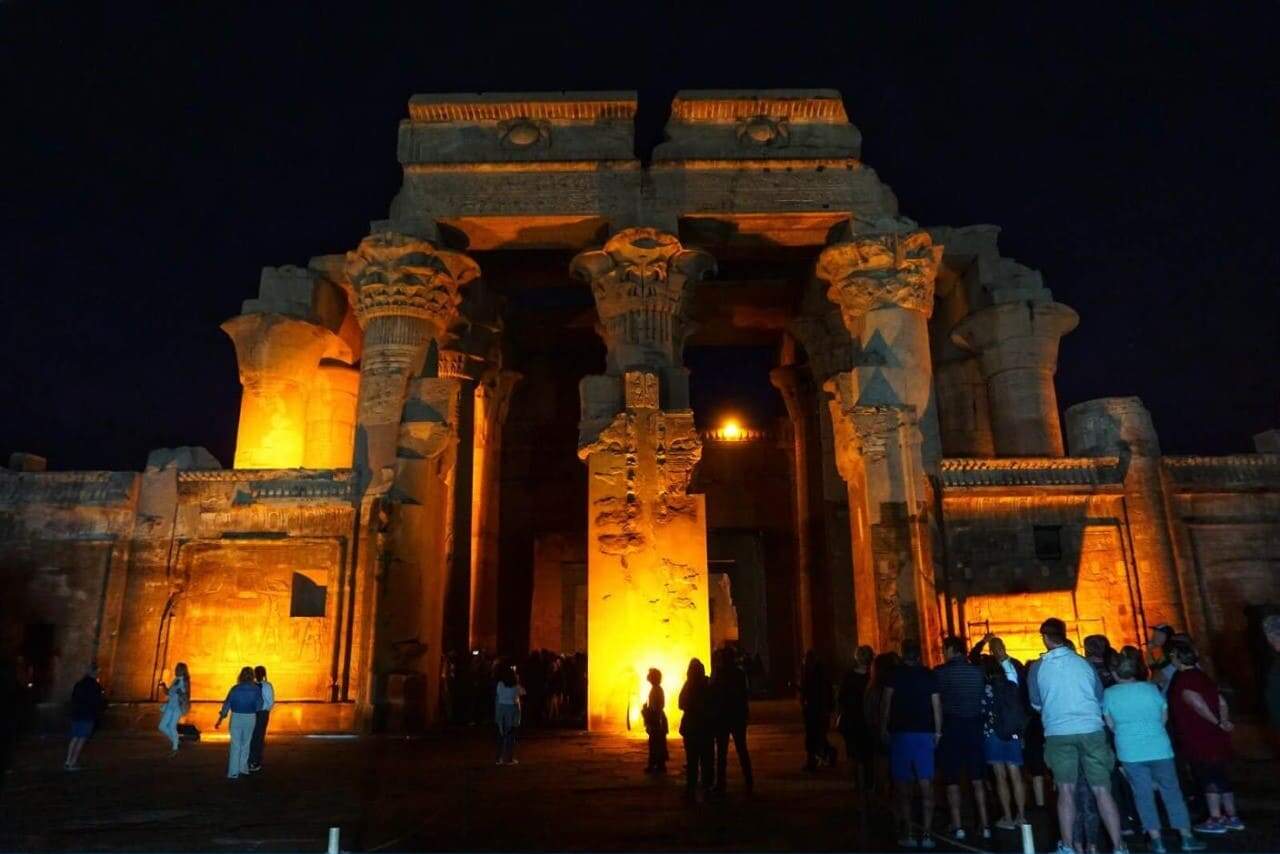
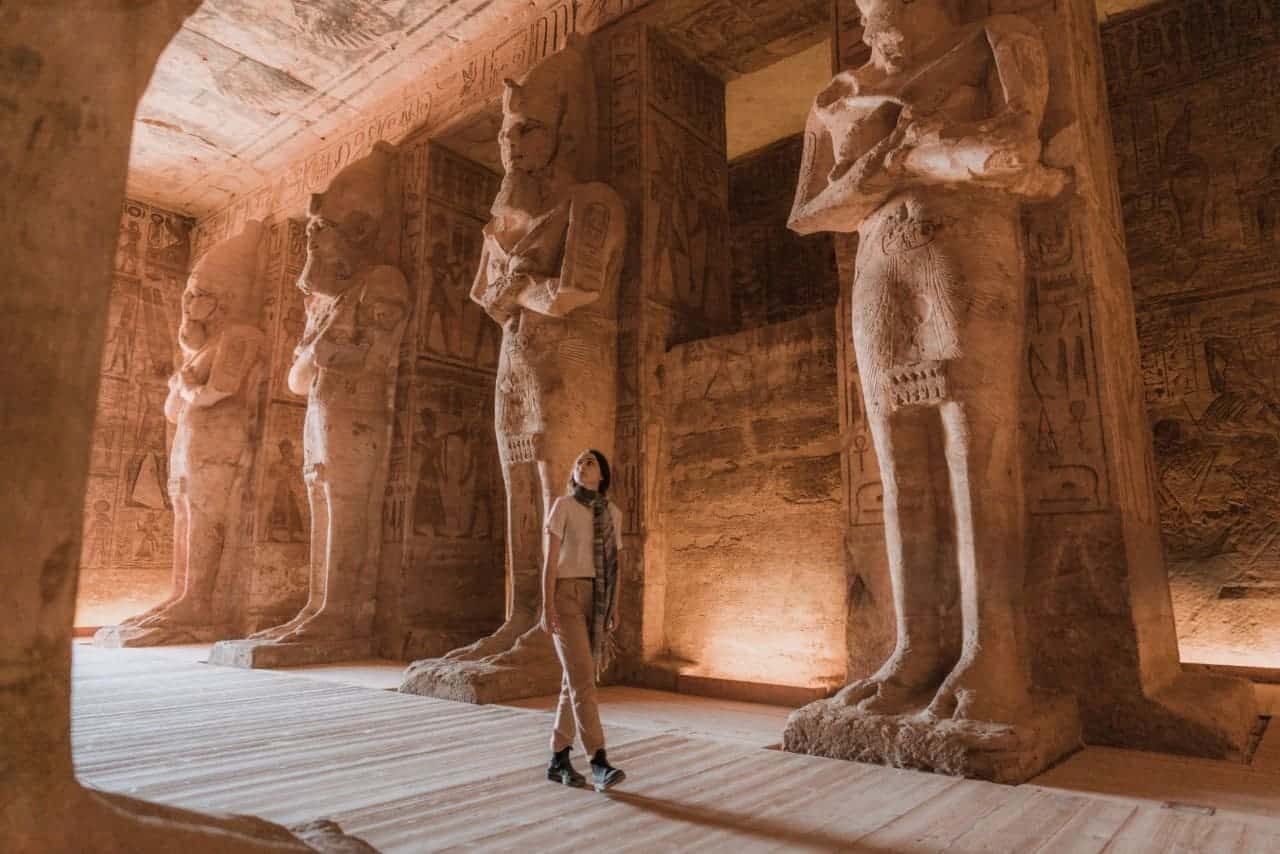
Further south, the Abu Simbel temples represent one of ancient Egypt's most ambitious architectural projects. Carved directly into a mountainside during the reign of Ramesses II, these colossal structures were relocated in the 1960s to save them from rising waters caused by the Aswan High Dam—an engineering feat nearly as impressive as their original construction.
Alexandria: Where Cultures Converge
Founded by Alexander the Great in 331 BCE, Alexandria became Egypt's window to the Mediterranean world. The city was renowned for its legendary lighthouse (one of the Seven Wonders) and the Great Library, which aimed to collect all knowledge of the ancient world.
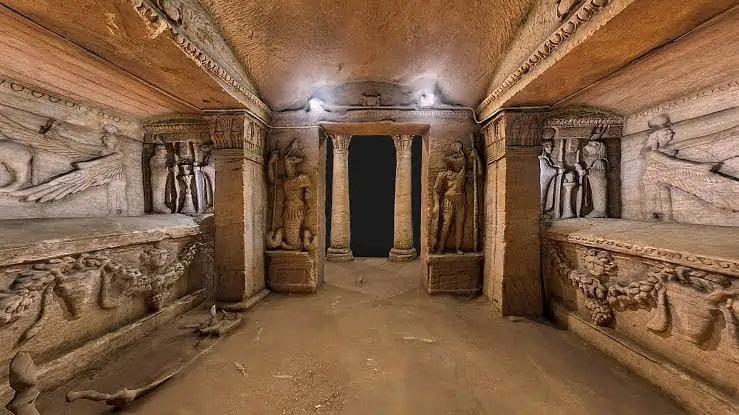
The Catacombs of Kom El Shoqafa represent a fascinating fusion of Egyptian, Greek, and Roman artistic styles and burial practices. Discovered accidentally in 1900, this multi-level underground necropolis dates back to the 2nd century CE and reflects Alexandria's unique position as a cultural crossroads.
Nile Journey: The Dahabiya Experience
For a truly authentic Egyptian experience, consider a journey aboard a dahabiya—a traditional sailing vessel that offers an intimate way to explore the Nile. Unlike larger cruise ships, these elegant boats provide access to smaller, less-visited sites along the river.


Traveling by dahabiya allows you to follow the ancient rhythm of the Nile, stopping at riverside villages and archaeological sites that larger vessels cannot access. This leisurely pace creates opportunities for genuine connections with local communities and a deeper appreciation of Egypt's timeless landscapes.
Aswan and the Grandeur of Karnak
Aswan, Egypt's southernmost city, offers a different perspective on Egyptian civilization. Known for its beautiful Nile scenery and granite quarries that supplied stone for many ancient monuments, Aswan also marks the traditional boundary between Egypt and Nubia.
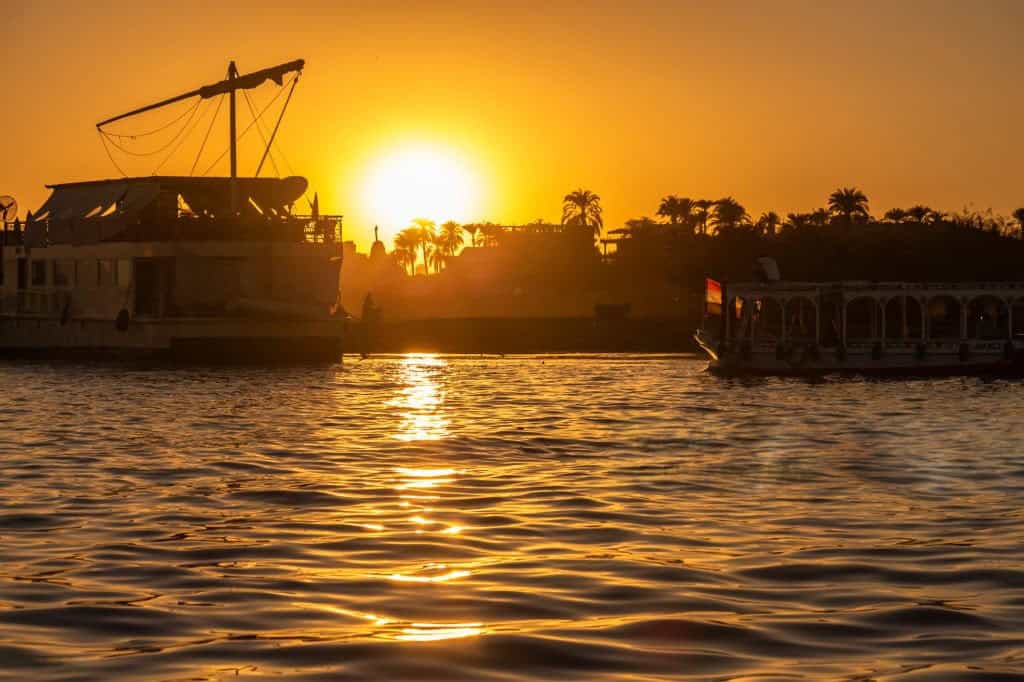
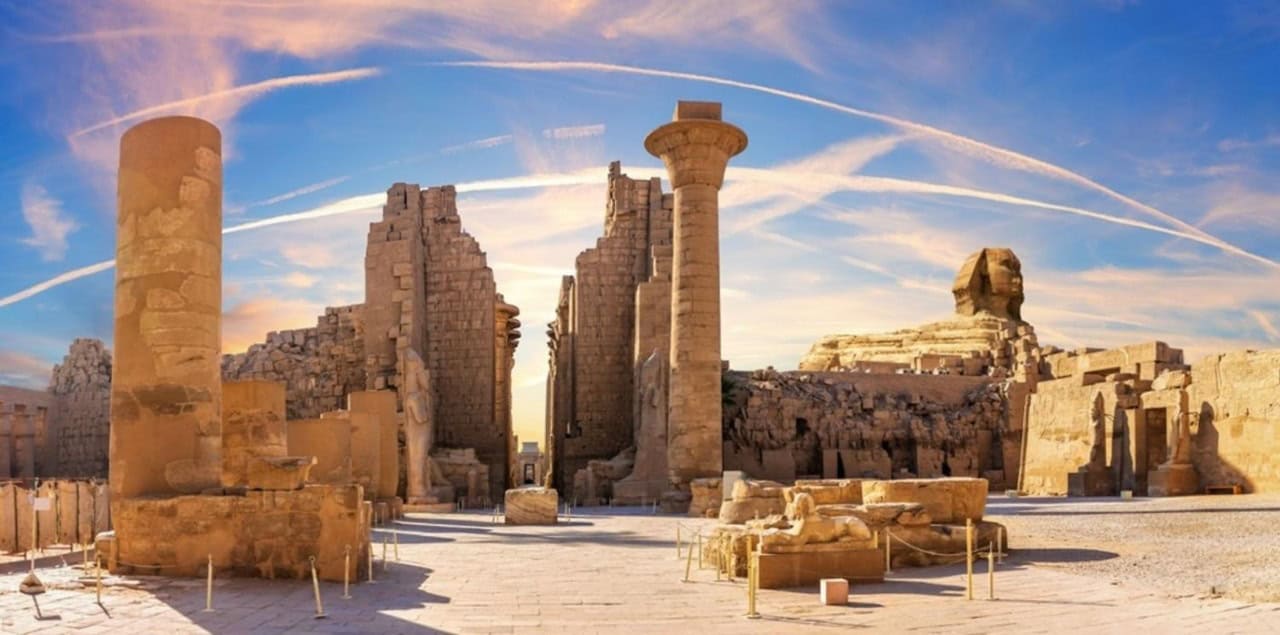
No visit to Egypt is complete without experiencing the Hypostyle Hall at Karnak Temple—a forest of 134 massive columns arranged in 16 rows, with the central columns rising to 24 meters (79 feet). This awe-inspiring space represents the pinnacle of New Kingdom temple architecture and continues to captivate visitors with its scale and intricate decoration.
Begin Your Egyptian Journey
Egypt offers more than monuments—it presents living history, vibrant culture, and landscapes that have captivated travelers for centuries. From the Nile's tranquil flow to the desert's profound silence, this land invites personal discovery and connection.

We welcome you to experience Egypt's remarkable wonders and create your own stories within its timeless narrative.
Only a few of our amazing tours are present to book on the website, as we are careful to provide you with the best and safest experience. However, we will be uploading many more very soon for your favorite pick. As for now, why not go ahead and give us a ring to tailor make your very own? You can also have sneek a peek at few of our TOURS